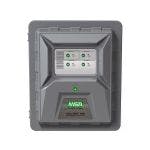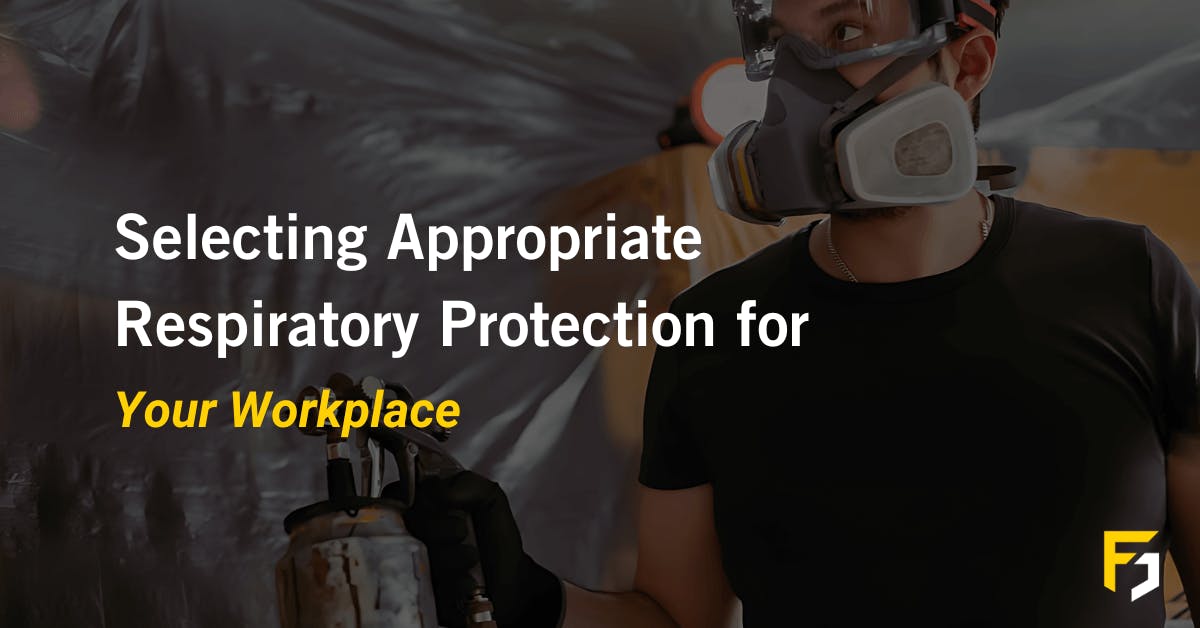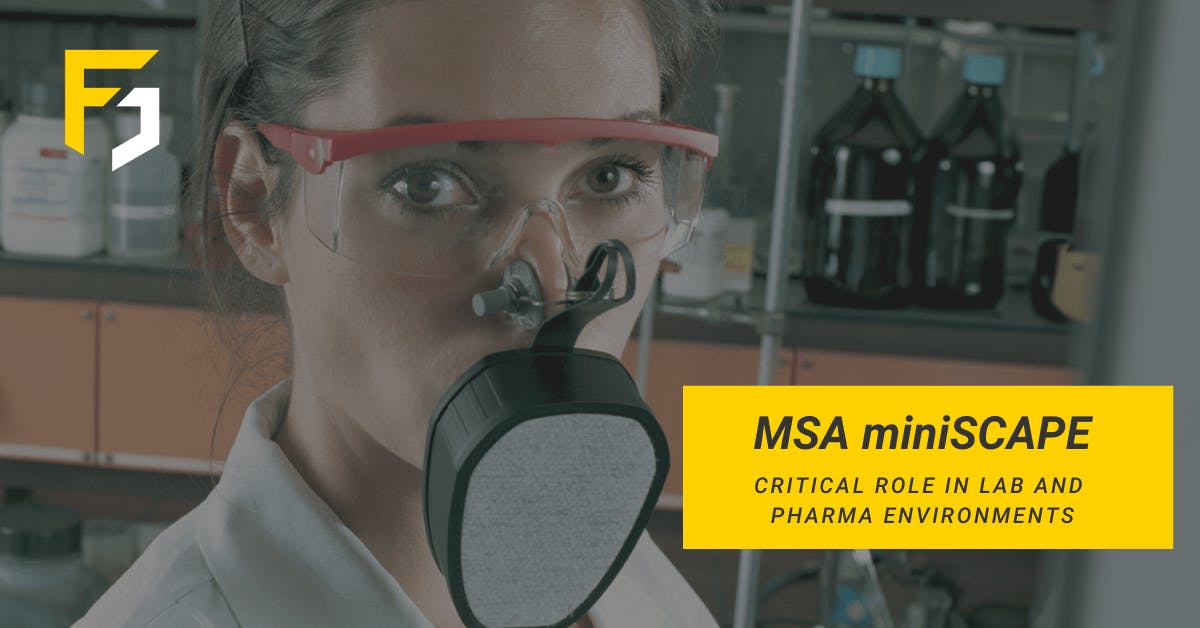
The Dangers of Refrigerant Gases and Gas Detection Solutions to Combat These
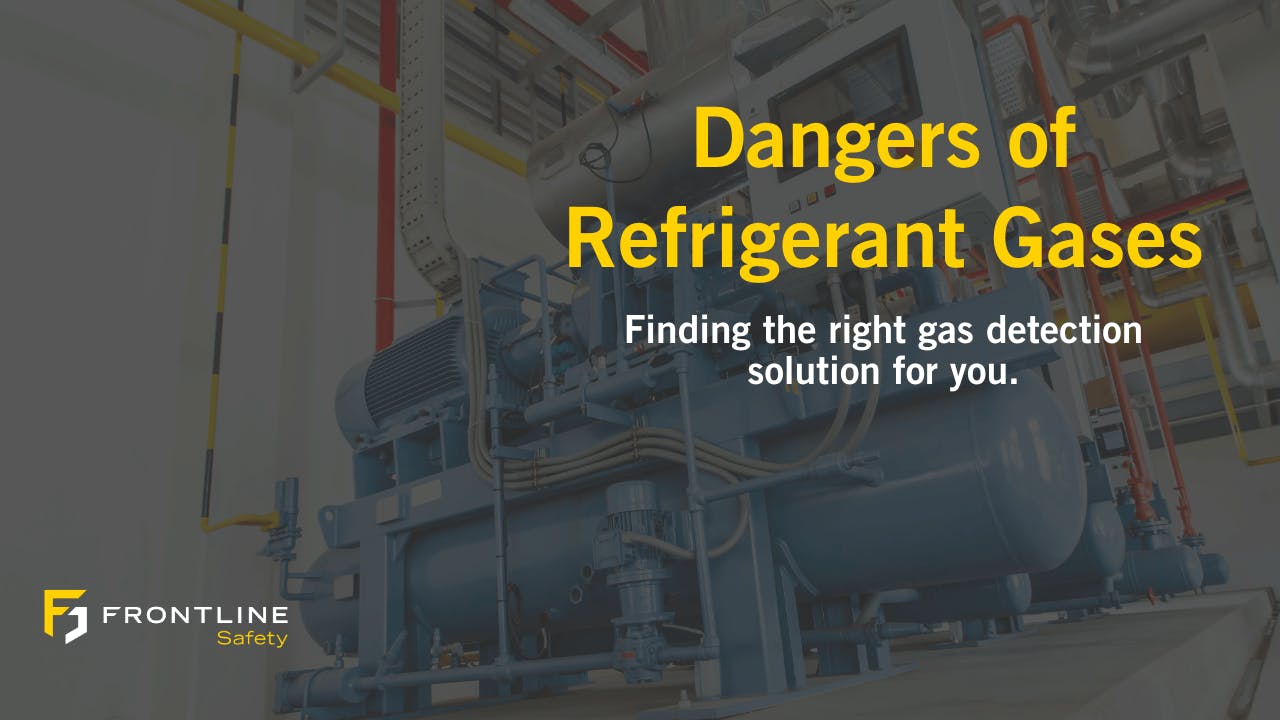
Refrigerant gases are used in cooling systems, such as refrigerators and air conditioners. They work by absorbing heat from one place and releasing it in another, creating a cooling effect. Refrigerant gases have different properties and characteristics, such as boiling point, pressure, flammability, toxicity, and environmental impact.
Some of the most common refrigerant gases are fluorocarbons, chemical compounds of carbon and fluorine. They include CFCs, HCFCs, and HFCs, which have different prefixes depending on the number of hydrogen and chlorine atoms in their molecules. For example, R-12 is a CFC with two chlorine atoms, R-22 is an HCFC with one chlorine atom, and R-134a is an HFC with no chlorine atoms.

Fluorocarbons have been widely used as refrigerant gases because they are stable, efficient, and non-flammable. However, they also have some drawbacks. CFCs and HCFCs are known to deplete the ozone layer, which protects the earth from harmful ultraviolet radiation. HFCs do not harm the ozone layer, but they have a high global warming potential, which means they contribute to climate change by trapping heat in the atmosphere.
Because of these environmental issues, fluorocarbons have been subject to international regulations and agreements, such as the Montreal Protocol and the Kigali Amendment, which aim to phase out their production and consumption gradually. This has led to the development and adoption of alternative refrigerant gases that are more environmentally friendly, such as hydrocarbons (HCs), hydrofluoroolefins (HFOs), and natural refrigerants (NRs).
Hydrocarbons are organic compounds of carbon and hydrogen, such as propane and butane. They have low global warming and zero ozone depletion potential, making them eco-friendly options. However, they are also highly flammable and explosive, which poses safety risks for handling and storage.
Hydrofluoroolefins are unsaturated compounds of carbon, hydrogen, and fluorine, such as R-1234yf and R-1234ze. They have a shallow global warming potential and zero ozone depletion potential, making them ideal replacements for HFCs. However, they are also mildly flammable and more expensive than HFCs.
Natural refrigerants, such as ammonia, carbon dioxide, and water, occur naturally in the environment. They have slight global warming and zero ozone depletion potential, making them the most environmentally friendly option. However, they also have some challenges, such as high toxicity (ammonia), high pressure (carbon dioxide), and low efficiency (water).
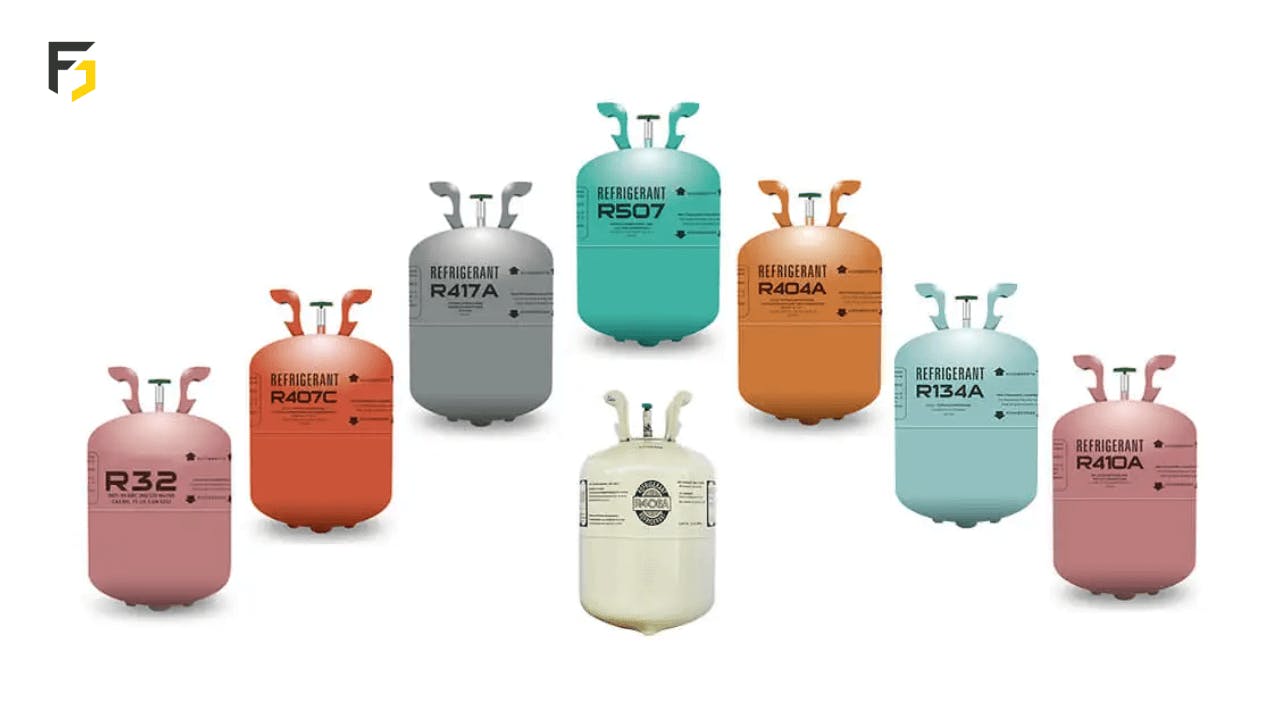
The European Commission has researched avoiding HFCs and moving to more climate-friendly alternatives. Read more here.
As you can see, no perfect refrigerant gas meets all the performance, safety, cost, and environmental impact criteria. Each refrigerant gas has advantages and disadvantages depending on the application and conditions. Therefore, choosing a suitable refrigerant gas for your cooling system is essential based on your specific needs and requirements.
At Frontline Safety, we can help you with your refrigerant gas needs. We are a leading supplier of gas detection solutions for various industries and applications. We offer a wide range of gas detectors that can monitor different types of refrigerant gases accurately and reliably. We have the right product for you whether you need portable or fixed gas detectors or single-gas or multi-gas detectors.
We also provide calibration services for your gas detectors to ensure they work correctly and safely. We can calibrate your gas detectors on-site or off-site using our certified calibration equipment and standards.
Contact us today to find out more about our products and services.
+44(0)141 771 7749

